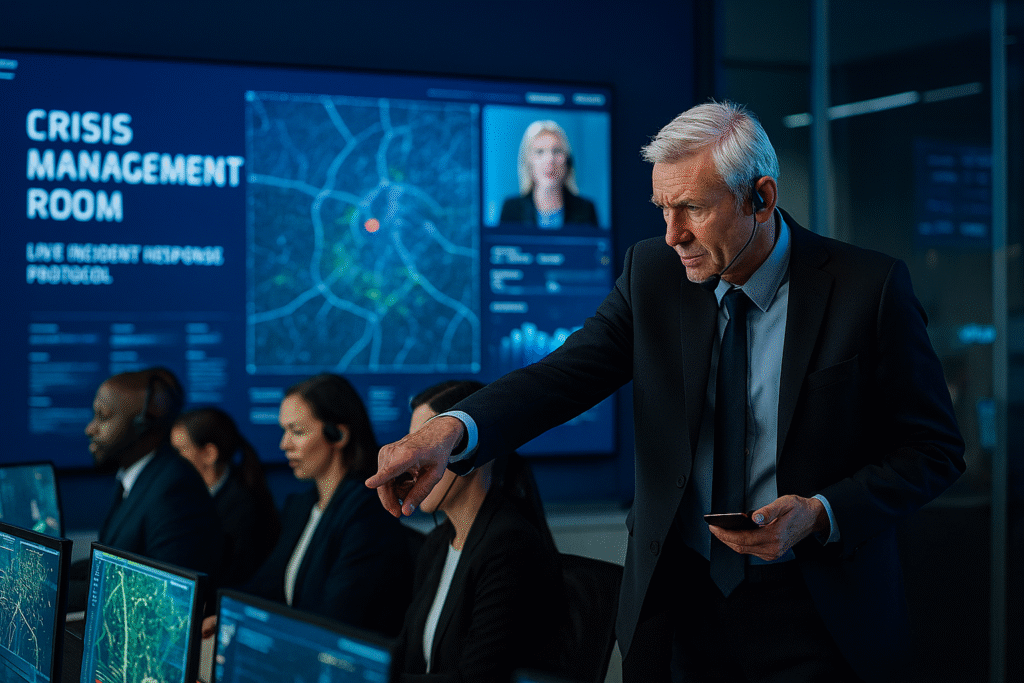Crisis Management and ISO 22361: A Strategic Advantage for Every Organisation
Crisis management is no longer a niche concern — it’s a strategic capability that every organisation must cultivate. ISO 22361 provides a structured framework for doing just that. Whether you’re navigating reputational risk, cyber threats, or operational disruption, this international standard helps leaders respond with clarity and control.
🔍 What is ISO 22361?
ISO 22361:2022 is the global standard for crisis management. It offers guidance on building a crisis management capability, covering leadership, decision-making, communication, and coordination. Unlike ISO 22301, which focuses on continuity planning, ISO 22361 supports organisations in managing crises as they unfold.
💡 Why Crisis Management Matters
- Unpredictable threats: From data breaches to supply chain failures, crises can emerge from anywhere.
- Leadership under pressure: ISO 22361 helps leaders make confident, timely decisions when it matters most.
- Stakeholder expectations: Customers, regulators, and communities expect transparency and control during a crisis.
- Reputation and recovery: A well-managed crisis can protect — or even enhance — your brand.
🧩 ISO 22361 vs ISO 22301: A Resilience Duo
ISO 22301 keeps operations running, and is a standard that you can be certified against. ISO 22361 is a guidance standard, helping to refine and drive your response. Together, they form a comprehensive resilience strategy:
| ISO 22301 | ISO 22361 |
|---|---|
| Focuses on continuity of operations | Focuses on strategic crisis response |
| Emphasises recovery and preparedness | Emphasises leadership and decision-making |
| Often led by operational teams | Often led by senior leadership |
🛠️ Getting Started with Crisis Management
- Review your current resilience frameworks — identify gaps in crisis leadership and communication.
- Engage senior stakeholders — crisis management must be owned at the top.
- Use ISO 22361 as a guide — tailor its principles to your organisation’s structure and culture.
- Train and test — run scenario-based exercises to build confidence and capability.
Understanding the fundamentals of crisis management is critical to ensure effective coordination throughout the response to an incident.
🚀 RiskReady’s Approach
At RiskReady, we help organisations understand crisis management so that they can embed effective practices into their resilience frameworks. Our ISO 22361 crisis management e-learning modules — are designed to be practical, accessible, and grounded in real-world challenges.

